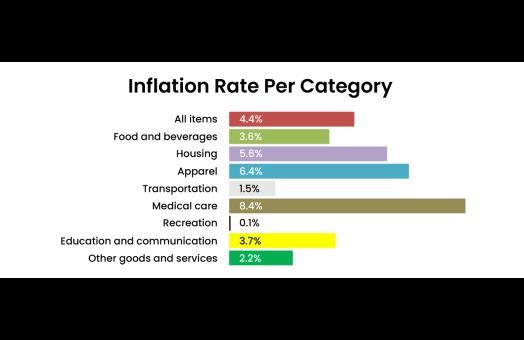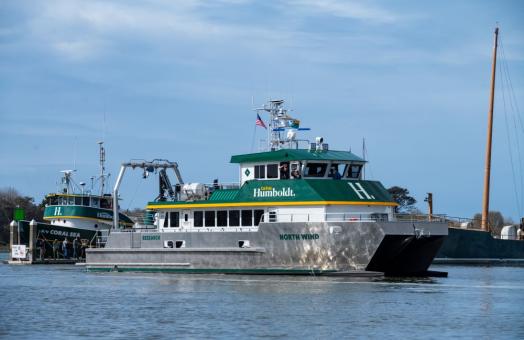Image

New Research Shows Redwoods Stand Strong Amid Wildfires—But Management Matters
Cal Poly Humboldt study in partnership with Save the Redwoods League reveals how second-growth forests respond to modern wildfires and what managers can do to protect them.























